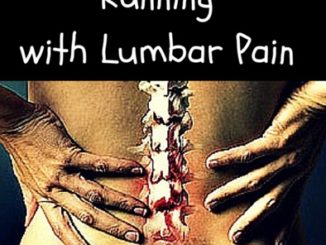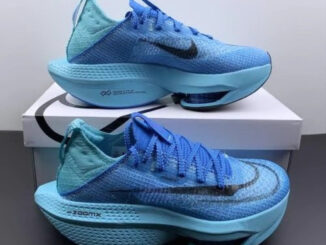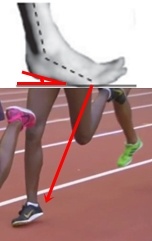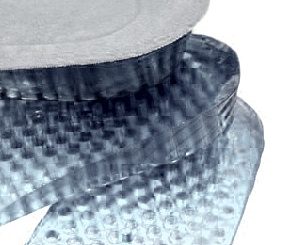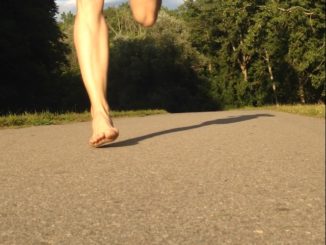Ankle pain in a new forefoot runner is adaptive pain as the ankle, which is used more functionally in forefoot running thanin heel strike running, is just gaining more developmental strength to the new running condition. The pain will vanish once the ankle has adapted to forefoot running. Why does this pain arise in the first place? Its because the ankle has a bigger role to play in balancing the body, which significantly eases mechanical strain off the knee. In contrast, in heel strike running, the ankle is not used in this functional way but the knee is, which is why over-use knee injuries are higher in heel strike runners, since the additional mechanics engaged by landing heel-first was found to mis-use the knee in ways that causes loss of cartledge to the joint!
